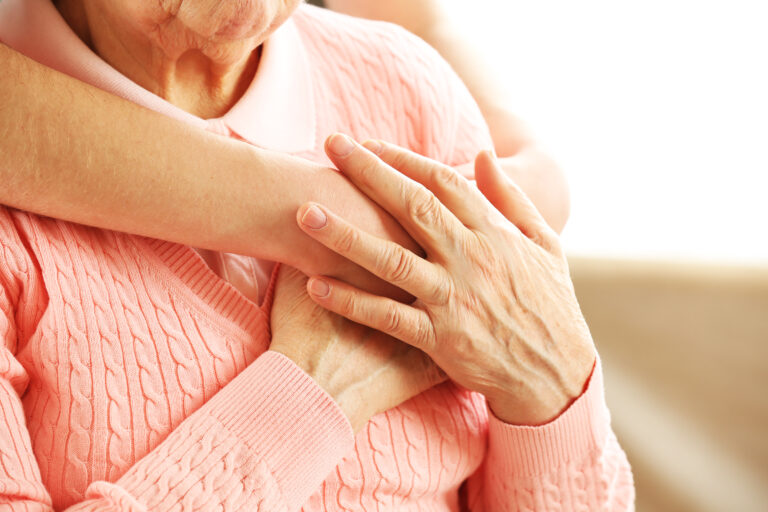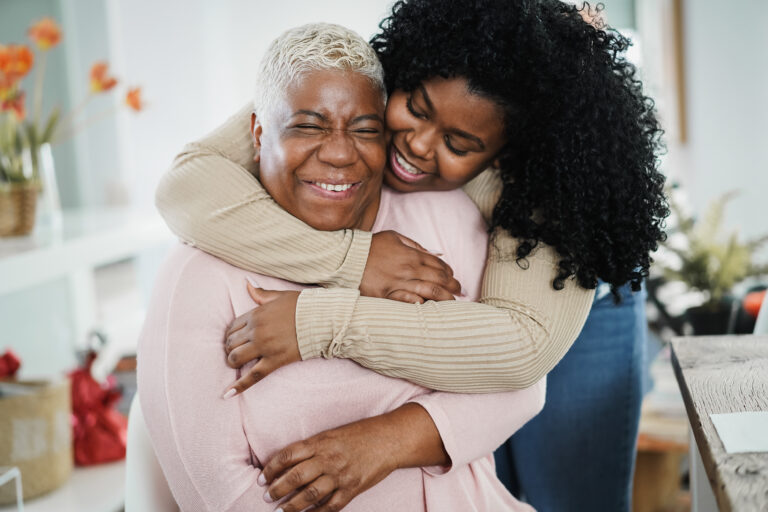When families think about tech for aging in place, they often worry about one big thing: taking away their parent’s independence. Nobody wants Mom to feel watched by cameras. Nobody wants Dad to feel controlled by emergency buttons he might forget to wear.
The truth is, the wrong age in place tech can steal independence. But the right technology protects it. There’s a huge difference between tech that makes seniors feel watched and tech that helps them stay safely independent.
Why Most Age in Place Tech Feels Wrong
Most families try the obvious solutions first. They install cameras to watch. They give emergency buttons to wear. They set up fall detectors in a few rooms. These seem like smart choices, but they often backfire. Cameras make everyone uncomfortable. Your parent feels watched all the time. They can’t walk to the bathroom or get dressed without wondering who’s looking. That’s not independence – that’s living under surveillance.
Emergency buttons create different problems. They remind your parent every day that they’re getting older and more vulnerable. Plus, these devices only work if your parent remembers to wear them, charge them, and press them during an emergency.
Cleveland Clinic’s Center for Geriatric Medicine understands that their “goal is to create comprehensive geriatric care plans designed to preserve independence and improve quality of life for geriatric patients.” This means real solutions should protect independence, not threaten it.
What Makes Tech for Aging in Place Actually Protective
The best age in place tech works differently. Instead of watching your parent, it watches their behavior. Instead of waiting for emergencies, it spots problems before they happen. Instead of making your parent feel helpless, it helps them stay in control.
This approach is called passive remote monitoring.
A passive remote monitor for seniors doesn’t use cameras or listening devices. It doesn’t require anything to wear or charge. It just quietly interprets daily activities and alerts families when something changes.
Here’s why this protects independence: behavior is a vital sign. Just like doctors check blood pressure and temperature, they also ask about daily activities. Asking about behavior and function is the medical standard of care for older adults.
When someone’s behavior changes, it can signal health problems before other symptoms appear. Maybe they’re getting up more often at night, which could mean a urinary tract infection. Maybe they’re moving around less during the day, which might indicate depression or pain.
Real Stories of Protected Independence
Carol from Massachusetts discovered something important about her mother’s independence: “I was shocked to find my mother so active at night, including using the stairs. I was the one in the dark until envoyatHome.”
Instead of taking away her mother’s independence, the right tech for aging in place helped Carol understand it better. Her mother was still active and capable – just in ways Carol couldn’t see during short visits.
Paula from New Hampshire shares: “Your system helped her to live independently and happily for an extra year and gave me peace of mind; all at an affordable price.” This is what protective age in place tech looks like. It doesn’t limit what seniors can do. It helps them do more of what they want – stay home safely.
Why Independence Matters So Much
Independence isn’t just about comfort. It’s about health and quality of life. Research shows that seniors who feel independent and in control live longer, healthier lives. They have better mental health, stronger immune systems, and recover faster from illness.
But the wrong tech for aging in place can damage this independence. When seniors feel watched or controlled, they become more anxious and depressed. They might stop doing things they enjoy or avoid moving around their home normally.
The right passive remote monitor for seniors does the opposite. It gives seniors confidence to keep living their normal lives because they know help will come if needed – without them having to ask for it or remember to press a button.
How the Right Tech Works Differently
Traditional age in place tech waits for disasters. The best tech prevents them. Instead of responding to falls, it catches warning signs that often come first. Debra from Illinois shares: “envoyatHome reported too many bathroom visits for my mother. Urgent care diagnosed an acute UTI and sent her to the hospital in an ambulance.”
Because behavior is a vital sign, changes in bathroom habits signaled a serious health problem. Catching it early prevented a much worse situation and helped Debra’s mother maintain her independence longer.
A passive remote monitor for seniors covers the whole home, not just one room. It works whether your parent cooperates or not. And it protects dignity by avoiding cameras and listening devices.
The Independence-Healthcare Connection
The best tech for aging in place connects senior care to healthcare. When doctors ask about daily function, families need real information to share. Asking about behavior and function is the medical standard of care for older adults, but families often can’t provide accurate details.
Sandra, a homecare agency owner in Texas, saw this connection: “We discovered our client was wandering, pacing, and eloping at night. His doctor read the envoyatHome reports and adjusted his meds. We ALL slept better.”
This is how age in place tech should work. It gives families data they can share with medical teams to get better care. It doesn’t replace medical care – it supports it.
The Cost of Protecting Independence
Most families want to avoid expensive 24-hour care and assisted living. A home health aide costs 100 times more than envoyatHome. But families often hire help too early because they don’t know what’s really happening at home.
George from New Jersey explains: “I estimate envoyatHome saved my family $300,000. We used envoyatHome with part-time aides for over 2 years before my FIL’s health required round the clock services.”
The right passive remote monitor for seniors helps families spend money wisely. Instead of hiring full-time help out of fear, they can use data to make smart decisions about when extra support is truly needed.
Privacy That Protects Without Invasion
Unlike cameras or listening devices, the best age in place tech respects privacy. One envoyatHome caregiver in California explains: “My mother is very protective of her independence. Once she understood there would be no cameras or surveillance, she was on board with envoyatHome.”
This privacy protection is crucial for independence. Seniors need to feel comfortable in their own homes. They need to walk around, get dressed, and use the bathroom without feeling watched.
A passive remote monitor for seniors provides safety without surveillance. It works silently in the background, protecting independence while keeping families informed.
Supporting Independence, Not Controlling It
The best tech for aging in place doesn’t take away independence – it protects it. By catching problems early, families can help their parents stay home longer and safer.
Judith from Ohio captures this perfectly: “I don’t know how I would manage without it. envoyatHome keeps me sane in this impossible situation called remote caregiving.”
Lisa from California adds: “envoyatHome gives me peace of mind knowing my mother is safe, while respecting her privacy and not being intrusive.”
This is what protective age in place tech should do. It gives families confidence that their loved ones are safe without making seniors feel controlled or watched.
The Right Choice for Families Who Care
When families compare options for aging in place, the right tech stands out. It provides comprehensive monitoring without privacy invasion. It catches problems early instead of waiting for emergencies. It costs a fraction of hiring aides while providing 24/7 coverage.
Most importantly, it recognizes that behavior is a vital sign. Just as asking about behavior and function is the medical standard of care for older adults, monitoring behavior at home should protect independence, not take it away.
Because when you truly care about someone’s independence, you choose technology that helps them keep it. You choose solutions that work even when they can’t ask for help. You choose tech that protects what matters most – their right to live safely at home on their own terms.
Ready to discover how the right tech for aging in place can protect your loved one’s independence?
Visit www.envoyatHome.com to schedule your free consultation and learn how envoyatHome safeguards independence while keeping your family connected and informed.



